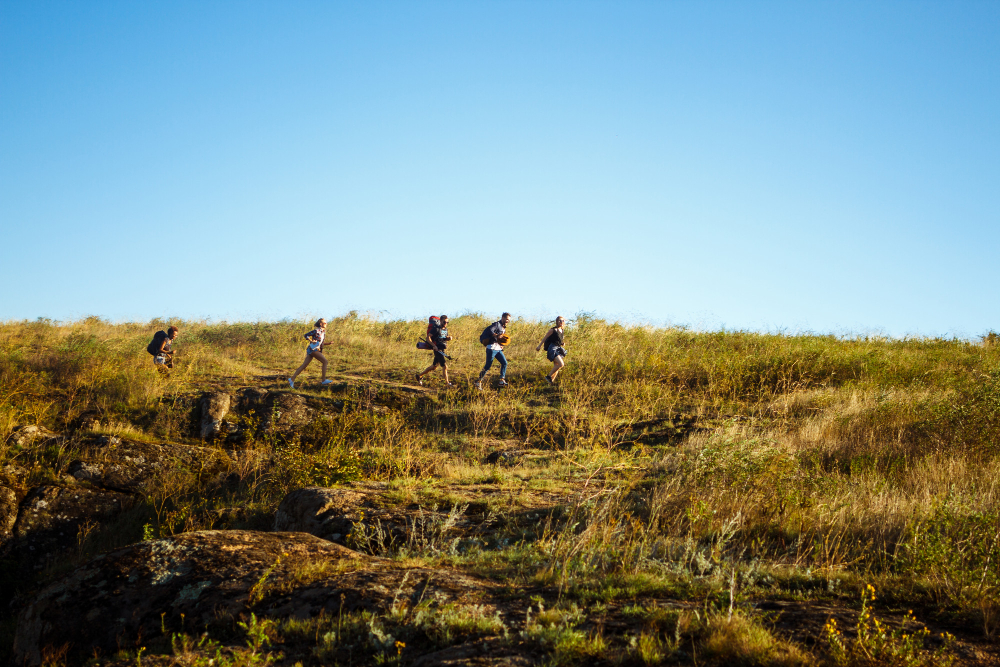Scuba diving is an exhilarating adventure that opens the door to a mesmerizing underwater world. With the ability to explore vibrant marine life, stunning coral reefs, and intriguing shipwrecks, scuba diving offers a unique experience that’s both thrilling and peaceful. This comprehensive guide will provide you with all the essential information you need to embark on your scuba diving journey.
What is Scuba Diving?
Scuba diving is defined as a method of underwater diving in which divers use a self-contained underwater breathing apparatus (scuba) to breathe while submerged. This equipment allows divers to explore underwater environments for extended periods, offering a glimpse into the fascinating ecosystems that exist beneath the surface. The word “scuba” stands for Self-Contained Underwater Breathing Apparatus, highlighting its importance in enabling divers to breathe comfortably while they navigate through the depths of the ocean. With its combination of adventure and exploration, scuba diving has become a popular recreational activity for people around the globe.
Why Scuba Dive?
The allure of scuba diving goes beyond mere exploration; it offers a multitude of benefits that attract individuals from all walks of life. One of the primary reasons people dive is to experience the breathtaking beauty of marine life. From colorful fish and graceful sea turtles to intricate coral formations, the underwater world is teeming with life and diversity.
Additionally, scuba diving provides an exhilarating sense of adventure and excitement. Each dive presents a new opportunity to discover something unique, whether it’s a hidden cave, a vibrant reef, or a historic shipwreck.
Beyond the thrill, many divers find solace and relaxation underwater. The serene environment, combined with the rhythmic sound of your own breathing, creates a meditative experience, allowing you to escape the stresses of everyday life. Furthermore, scuba diving is a physical activity that promotes fitness. It engages various muscle groups, improves flexibility, and enhances cardiovascular health, making it an enjoyable way to stay active.
Basic Equipment Needed
Before you take the plunge into scuba diving, it’s crucial to familiarize yourself with the essential equipment required for a safe and enjoyable experience. Here’s a breakdown of the basic gear:
Mask: A good-quality mask is essential for clear vision underwater. It creates an air pocket in front of your eyes, allowing you to see clearly while diving.
Snorkel: While not mandatory for scuba diving, a snorkel can be useful for surface swimming, allowing you to breathe while floating on the water’s surface.
Fins: Fins enhance your swimming efficiency, allowing you to move gracefully through the water with less effort.
Wetsuit/Drysuit: Depending on the water temperature, you may need a wetsuit for insulation or a drysuit for colder conditions. These suits help maintain your body temperature and provide protection from the elements.
Buoyancy Control Device (BCD): The BCD is crucial for managing your buoyancy underwater. It allows you to ascend, descend, and maintain neutral buoyancy while diving.
Regulator: This device delivers air from your tank to you, allowing you to breathe comfortably at various depths.
Tank: The tank holds compressed air, providing you with the oxygen needed to breathe while underwater.
In addition to the basic gear, some divers choose to invest in optional equipment such as a dive computer to track depth and time, or an underwater camera to capture the beauty of their underwater adventures.
Get Certified
Before you can dive, obtaining a scuba diving certification is essential. Certification ensures that you have the necessary training and knowledge to dive safely. Here’s how to get certified:
Choose a Certification Agency: The two most recognized certification agencies are PADI (Professional Association of Diving Instructors) and SSI (Scuba Schools International). Research both to find the one that suits your needs.
Take a Course: Enroll in a beginner’s course that includes classroom instruction and practical training. These courses cover essential topics such as dive theory, safety procedures, and equipment usage.
Complete Open Water Dives: After classroom training, you’ll need to complete a series of supervised open water dives. These dives allow you to apply what you’ve learned in a real-world setting, under the guidance of a qualified instructor.
Once you complete these steps, you will receive your certification, allowing you to dive independently or with a buddy.
Choose a Dive Location
Selecting the right dive site is crucial for a successful diving experience, especially for beginners. Several factors should be considered when choosing a dive location:
Water Conditions: Look for sites with calm waters and good visibility. These conditions are ideal for beginners, as they reduce the risk of discomfort and disorientation.
Marine Life: Research dive sites known for their rich biodiversity. Locations with vibrant coral reefs and abundant marine life offer an exciting and visually stunning experience.
Accessibility: Choose dive sites that are easy to reach and have experienced dive operators. This ensures that you have the support you need, especially as a beginner.
Popular Beginner-friendly Diving Sites
Some popular beginner-friendly dive sites include:
Great Barrier Reef, Australia: Known for its stunning coral formations and diverse marine life, this iconic location offers a variety of dives suitable for all levels.
Cozumel, Mexico: With its clear waters and vibrant reefs, Cozumel is a favorite among divers seeking colorful underwater experiences.
Bonaire, Caribbean: Renowned for its easy shore diving and abundant marine life, Bonaire provides a relaxed diving atmosphere for beginners.
Key Largo, Florida: This destination features beautiful coral reefs and shipwrecks, making it an excellent choice for novice divers.
Safety Tips for Beginners
Safety is paramount in scuba diving. To ensure a safe and enjoyable experience, follow these essential safety tips:
Never Dive Alone: Always dive with a buddy. Diving with a partner enhances safety and allows for mutual support during the dive.
Check Equipment: Inspect your gear before each dive to ensure everything is functioning properly. Familiarize yourself with your equipment and know how to use it.
Equalize Pressure: Learn how to equalize ear pressure during descent. This technique prevents discomfort and potential injury to your ears.
Stay Within Your Limits: Only dive within your training and experience level. Avoid challenging dives until you gain more experience and confidence.
Follow Dive Plans: Stick to the planned depth and time limits established before the dive. This helps manage air consumption and ensures a safe return to the surface.
Be Aware of Your Surroundings: Continuously monitor your air supply and keep an eye on your dive buddy. Stay aware of your environment to avoid potential hazards.
Conclusion
Scuba diving is an incredible adventure that allows you to explore the wonders of the underwater world. By understanding the basics, obtaining proper certification, and prioritizing safety, you can embark on a fulfilling diving journey. So gear up, find a dive buddy, and prepare to immerse yourself in the breathtaking beauty that lies beneath the waves!




